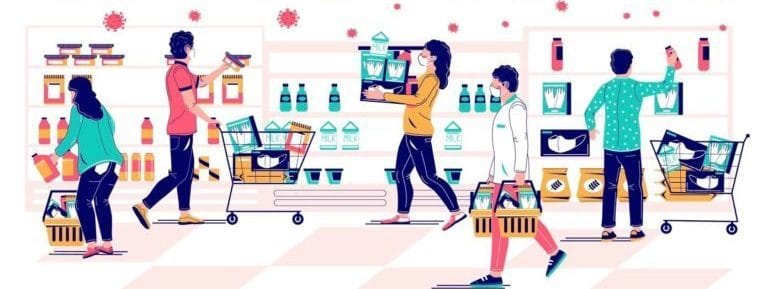As consumer behaviors continue to evolve during the COVID-19 crisis, new research from tax and advisory services firm EY defines four distinct consumer behavior segments, with key insights for marketers and communicators. According to the first edition of the EY Future Consumer Index, these are “Cut deep,” “Stay calm, carry on,” “Save and stockpile” and “Hibernate and spend.”
Consumers that fall into the “Cut deep” segment (27.3 percent) are spending less across all expense categories as the pandemic impacts employment; others representing the “Stay calm, carry on” category are continuing to spend as normal (26.2 percent). Most consumers (35.1 percent) represent the “Save and stockpile” segment, indicating that they feel pessimistic about the future, while consumers that fall into the “Hibernate and spend” segment (11.4 percent) are spending more across the board.
The survey of 4,859 people tracking consumer sentiment and behavior across the US, Canada, the UK, France and Germany was conducted the week of April 6, 2020.



